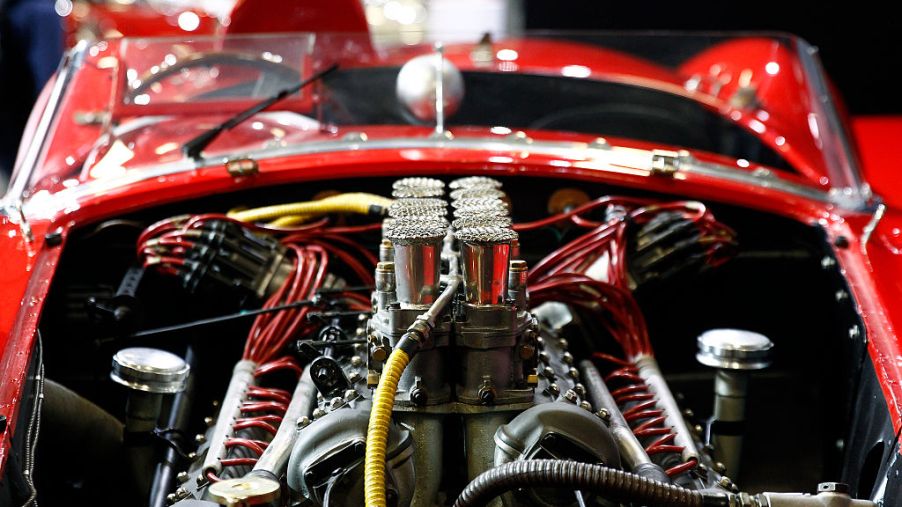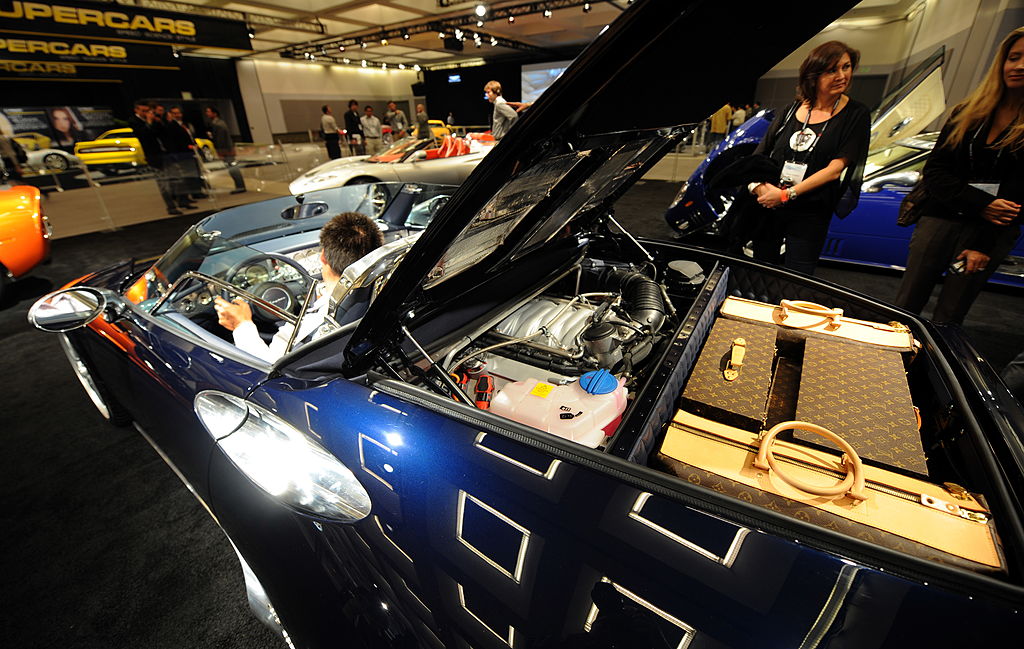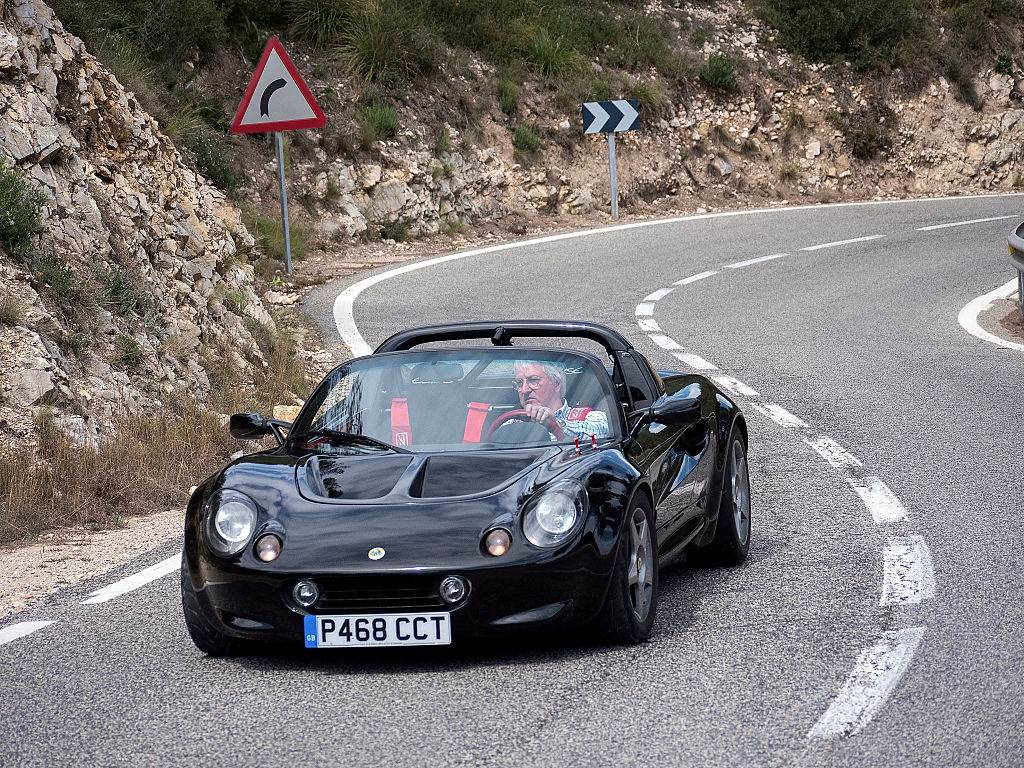
Mid-Engine Madness: Why Motor Location Makes All the Difference
High-end sports cars and supercars typically have at least one thing in common: they are almost always mid-engine. Porsche, Ferrari, and Lotus must have some reason for consistently engineering cars to have this platform, but few people really understand why mid-engine cars have such superior handling and performance in comparison to front-engine platforms.
A car is classified as mid-engine when the motor is located between the front and rear axle of the car, or behind the driver’s seat and in front of the rear axle. But what does this actually do for the car?

Handling and Corning
Mid-engine cars are known for their exquisite handling and ability to take corners at high speed. Placing the engine behind the driver’s seat and over the rear axle of the car evens out the car’s weight distribution. Because the car doesn’t hold one of it’s heaviest components, the engine, at the front, the weight is distributed to give the car more traction. This increased traction and balance allow cars to dominate curvey roads and sharp corners.
Having the weight of the car balanced in between the axles also helps the car’s suspension to absorb the shock of each nook and cranny in the road. Because performance cars are often set on a stiffer suspension, they can have a bumpier, rougher ride, which isn’t necessarily what you want if you spending tens of thousands of dollars on a sports car. Balancing the weight evens out the shock taken by the suspension as it handles imperfections in the road and gives the driver and passengers a softer, more comfortable driving experience.

Drawbacks to Mid-Engine
Of course, if a mid-engine car was perfect and easy to work on, why wouldn’t all cars work towards scooting their motor to the hind? As with any design in the car industry, there are several drawbacks to the mid-engine layout. For one thing, mid-engine cars are optimal for two-seat cars, as the engine takes up space where backseats would be. Although there are some older minivans and four-seat cars that maintain mid-engine designs, it is hard for sports cars to make this work. Most mid-engine cars sacrifice a significant amount of storage space, and while this isn’t always the case, it is not uncommon.
Because there is no air streaming through the front of the car into the engine bay as the car moves, the engine bay is much more difficult to cool. Engineers have had to come up with more complex designs to ensure the motor doesn’t overheat, and the cars’ aerodynamics are partly forced to focus on helping the engine bay receive as much cool air as possible.
Mid-engine cars are also notoriously difficult to work on, some, like several Ferrari models, require mechanics to remove the driver and passenger seats to get to pulleys, belts, and other key components. If you enjoy a new-car or dealership warranty this may be less of a concern, but this causes the cars to be more difficult and more expensive to work on.
Despite several complications and drawbacks, the handling and performance of mid-engine cars make them stand-out from a typical front-engine car. It is obvious why sports car manufacturers chose this layout time after time, and why automotive enthusiasts continue to buy them despite the expenses and difficulties they may present.


